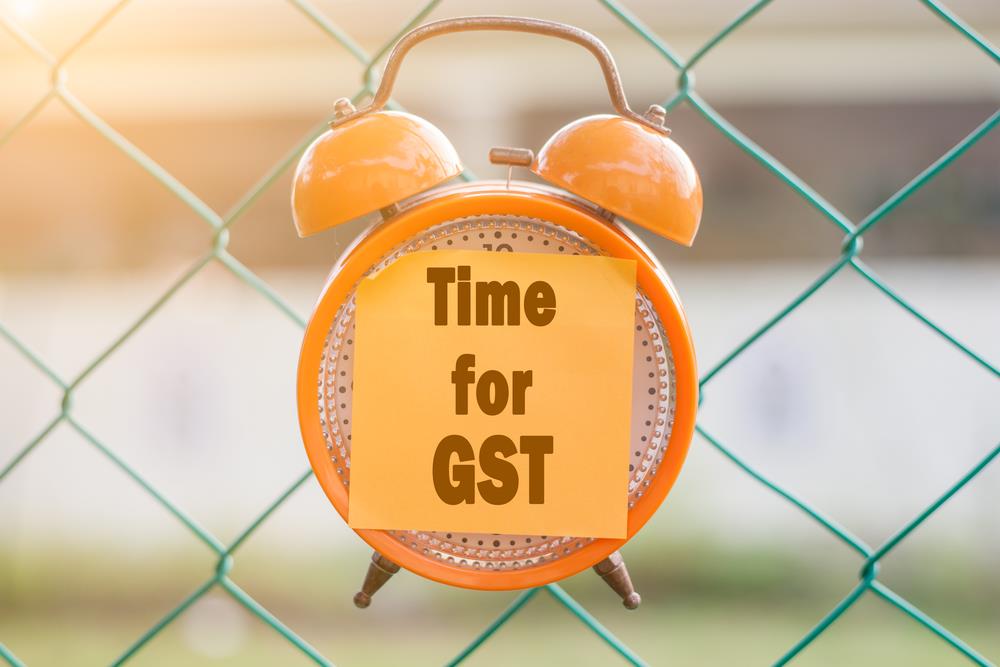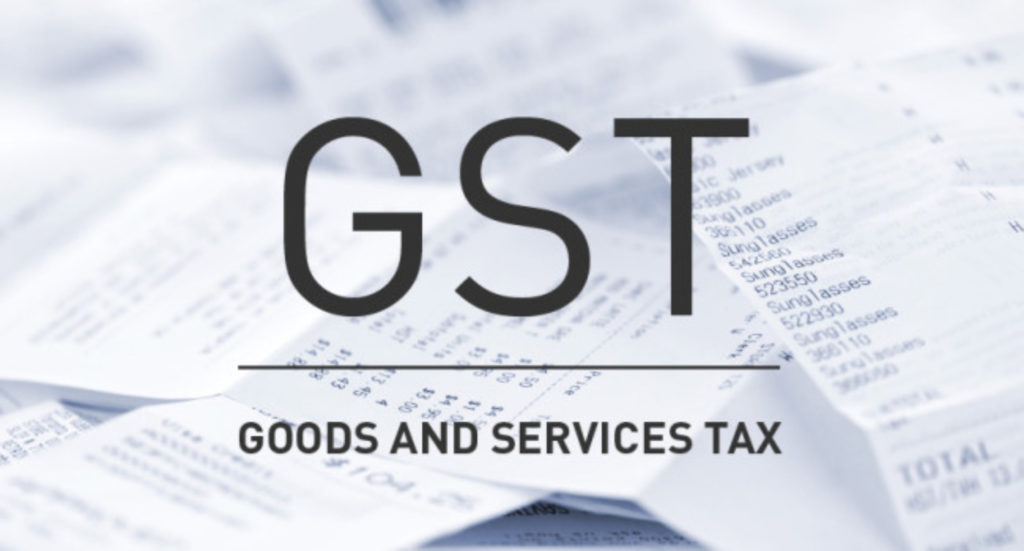
GST In A Gist For The Common Man | Newsinheadlines
India’s Historic Tax Overhaul, GST: What You
Need To Know
GST – The Indian government has planned to change the way people are going to pay taxes for the service provided and the goods sold. At present, the tax regime is really complex. You have to pay tax at different levels for different things like manufacture, sales, service and so on. The rate too varies from state to state.
To simplify this tax regime GST the goods and service tax is introduced. This will be effective from 1 July 2017 in India. This is a tax regime where you pay tax under the term supply.

There are many benefits for all the stakeholders– businesses, government and consumer. The business houses get a better tax regime as it is simple and they have to pay the SGST and CGST the state GST and central GST respectively for all kinds of services they provide or goods they sell or make.
There is uniformity in the payment of tax too as these are of equal amounts. Registration, payment, returns everything is simplified and online. The simplified tax system saves time and effort in paying tax. There is minimum cascading and also they can have enhanced competitiveness. This will lead to boost business revenue.
The government also benefits from this tax structure. As there will be higher revenue efficiency, it will be easy and simpler to administer the payment of taxes by different companies and leakage can be controlled in a better way due to inbuilt mechanism of the tax structure.
The benefit of the consumer cannot be ignored. The payment method is simplified with a single tax. It is proportionate to the value of the goods and services value. There is a relief on the overall burden of tax leading to lower prices for most commodities.
The different tax slabs
- 0% – Goods- most food items. Services- Restaurants and lodges with tariff below 1000 INR
- 5%- Goods – packaged foods, branded food items, apparels below 1000 INR, postage stamps and a few other items. Services – transport services railway and air and small restaurants.
- 12% – Goods- certain packaged food items like ketchup and sauce, apparels above 1000 INR, diagnostic kits and so on. Services- non AC hotels, business class air tickets and work contracts.
- 18%- footwear, food items like biscuits, instant food mixes, ice cream and the like, certain kinds of furniture and more. Services- AC hotels serving liquor, IT services, financial services and so on.
- 28% -Goods – food items like waffles and wafers, a few cosmetic items and so on. Services- Hotel rooms above 7500 INR and so on.
- 28%+ cess- Goods- some sin items cigarettes and the like, ultra luxury items and more.
Imports will accrue IGST and the exports will attract input tax.
This is a small attempt to let the common man know about the new tax regime that is GST.
To Know More About Goods and Service Tax Applicable from 1st July 2017.



Average Rating